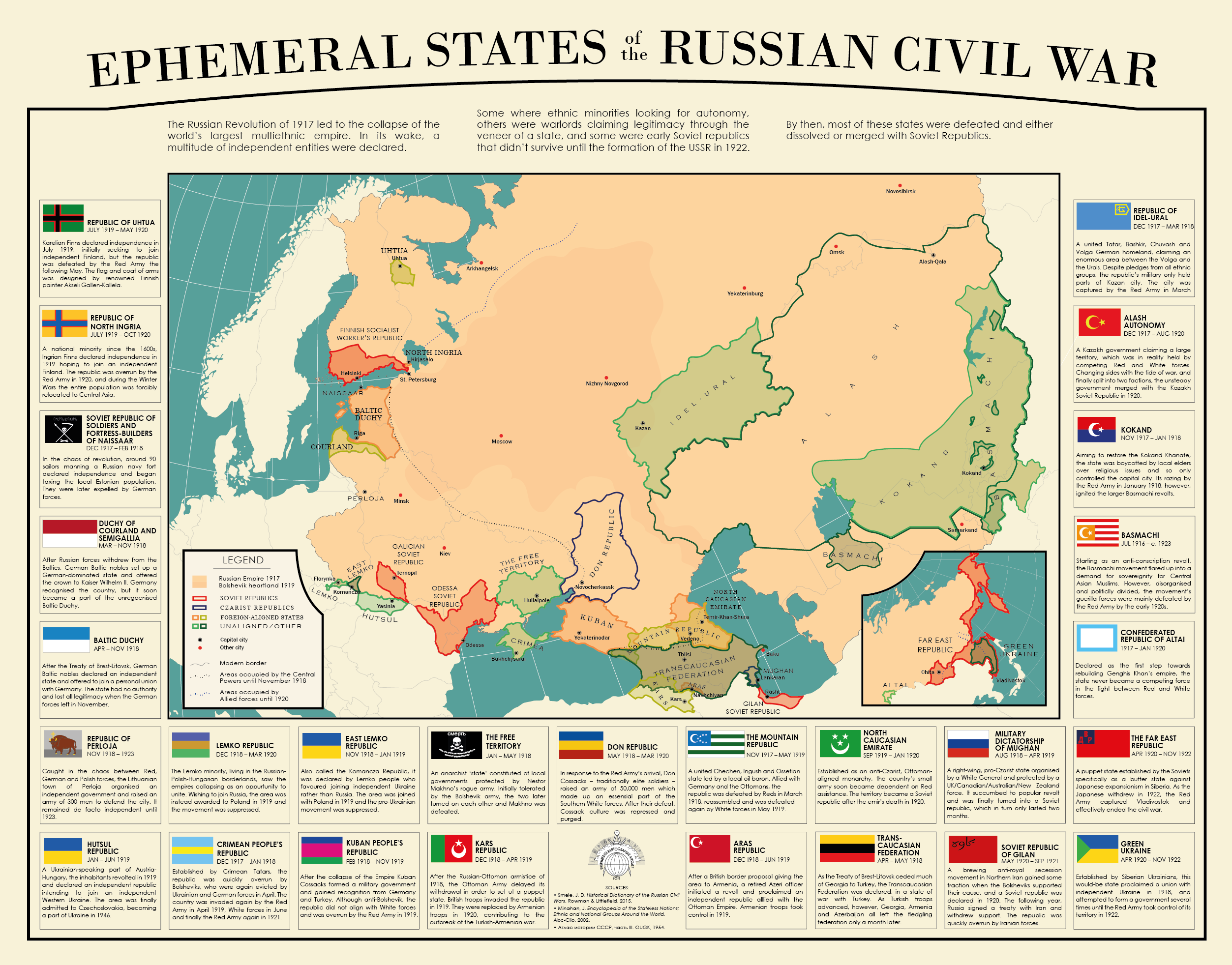I now know where
John C. Wright gets his ideas: mad Roman semi-demi-scientifiction.
Compare the following passages. First, from Titans of Chaos:
"I saw Mulciber's giants, fallen, with technicians in long brown coats walking across helmet-tops, directing spider-machines at their repairs. I saw fleets and battle-barges of Mavors, thrown onto shoals and rocks, with lizard-faced Laestrygonians bailing and shouting orders to running sailors.
I saw one group of Atlanteans in outer space, abandoning a tumbling space vessel, which glowed cherry red as its orbit decayed into the poisonous atmosphere of Venus. Atlanteans in black and silver armor dropped out of the airlock like pearls on a slightly curving string, one after another, and fell out and away from the dying ship."
Now, Lucian of Samosata's
A True Story
:
"That day we were entertained by the king; in the morning we took our place in the ranks as soon as we were up, our scouts having announced the approach of the enemy. Our army numbered 100,000 (exclusive of camp-followers, engineers, infantry, and allies), the Horse-vultures amounting to 80,000, and the remaining 20,000 being mounted on Salad-wings. These latter are also enormous birds, fledged with various herbs, and with quill-feathers resembling lettuce leaves. Next these were the Millet-throwers and the Garlic-men. Endymion had also a contingent from the North of 30,000 Flea-archers and 50,000 Wind-coursers. The former have their name from the great fleas, each of the bulk of a dozen elephants, which they ride. The Wind-coursers are infantry, moving through the air without wings; they effect this by so girding their shirts, which reach to the ankle, that they hold the wind like a sail and propel their wearers ship-fashion. These troops are usually employed as skirmishers. 70,000 Ostrich-slingers and 50,000 Horse-cranes were said to be on their way from the stars over Cappadocia. But as they failed to arrive I did not actually see them; and a description from hearsay I am not prepared to give, as the marvels related of them put some strain on belief."
This post took me over an hour to write, since I got caught up reading
Titans and forgot that I was writing it. This said by way of fairly direct recommendation.

